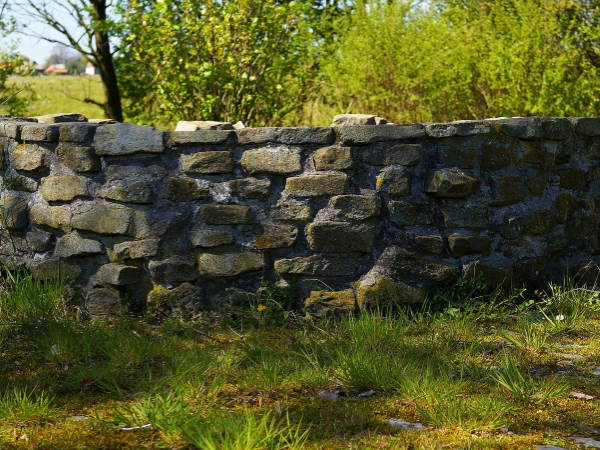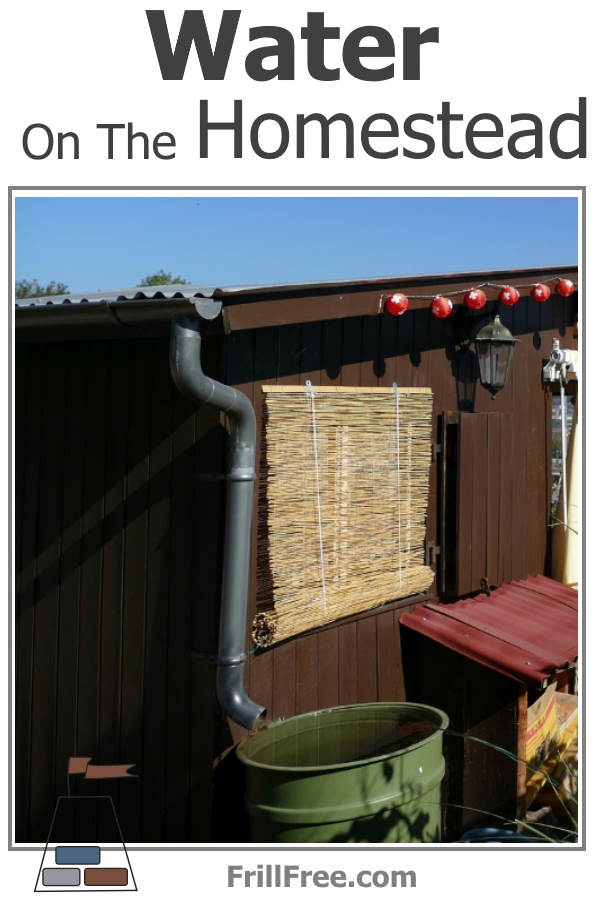- Homesteading
- Frugal Simple Living
- Water on the Homestead
Water on the Homestead
Find it, Use it
Without water, any homesteading endeavor is doomed to failure. All life needs water to drink, and a clean, reliable source is essential to your success.
Of the many ways to get water to use, there are a few ways that are most suited to homesteaders.
If you don't have a drilled well on your property that is in place before you buy the place, you'll need to investigate to find the best source.
Capturing rainwater, or snow melt, is almost free. One thing you will need to check is that it's allowed in your area. Some places ban the capture of water, because it stops people downstream from being able to access it.
If you find that it's allowed, a rain barrel catching rainfall off the eaves via a gutter is the simplest option.
40 gallon plastic barrels can be found fairly easily; a Facebook ad or in Craigslist should net you one or two. Make sure they have been used for food, not chemicals, especially if you plan to irrigate your own food crops.
Don't count on using surface water - a stream or creek. Just because it runs through your property, doesn't automatically mean you have water rights. Someone down stream may have the rights to use the water. Do your due diligence!
Larger scale water capture would entail a large cistern - most likely underground to protect from frost. This is probably a good time to find a contractor to take this task on, and it will be a lot more expensive.
Your next most complicated set up will be using permaculture design to irrigate bermed plantings, using gravity to move water downhill. Typically, a system of swales in a zig zag pattern across a shallow hillside slows the water and allows it to soak in to the upper side of the berms.
 Shallow Dug Well
Shallow Dug WellA shallow dug well can be fairly economical to install, but needs some kind of excavator to dig the actual hole, and then install the heavy concrete well liner, which is in pieces that stack on top of each other. Based on where the water table is, this could be up to twenty feet down.
A 'dowser' or 'water witch' can save you a lot of money in the planning stages. This is a person who can find water underground and tell you where the best place to drill or dig will be.
A drilled well is much more intensive, but can give you much more reliable water source. There are companies that will send out a drill and an accompanying truck with the well casings and a crew to drill down to find water.
This can be expensive, because you pay a 'per foot' cost, as well as not being guaranteed to produce. But if you do reach the water table or an aquifer, it can be a gusher, with no limit to the amount of water you'll have available.
Don't limit yourself to one water source - have a back up supply, and never run out.















